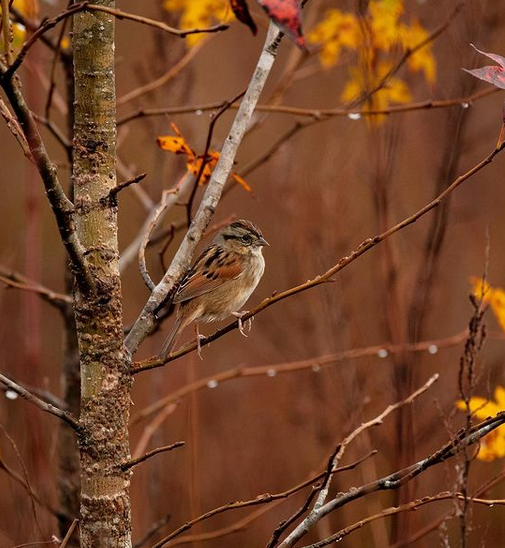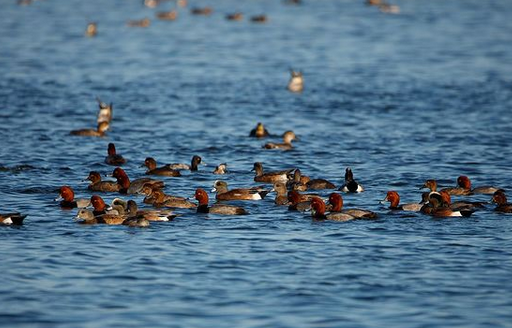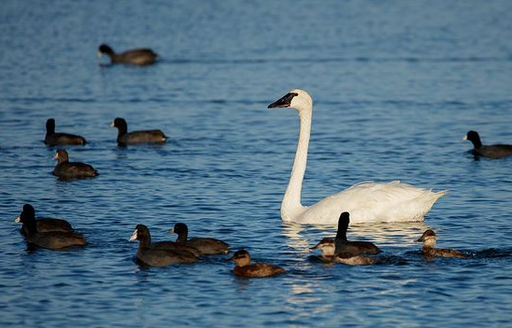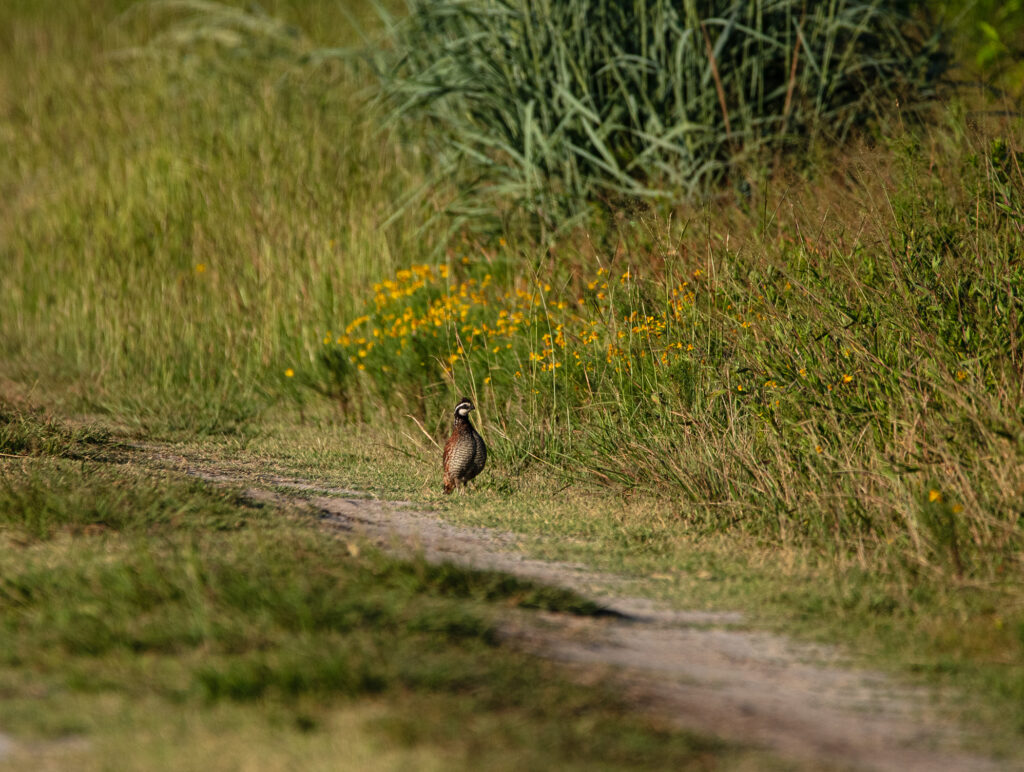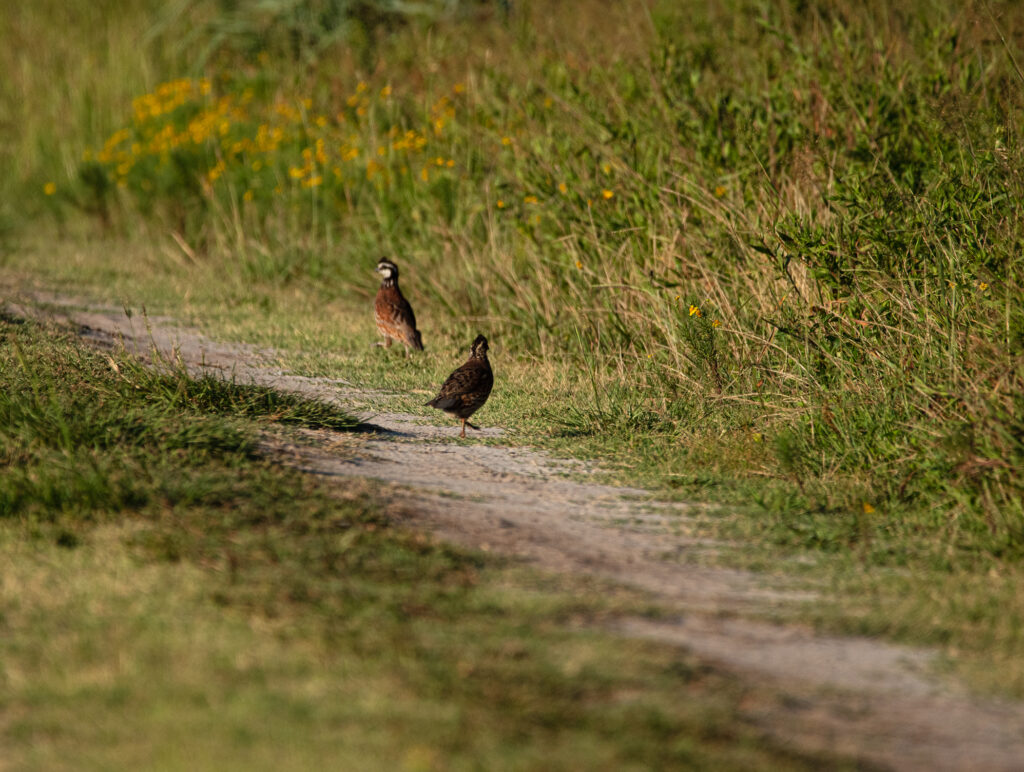While looking for birds along the banks of a flooded out field at the Pungo Unit last month, I spotted a tiny Swamp Sparrow watching me from a sapling.
It’s not often that I catch a glimpse of one not on the ground behind a tangle of brush so I snapped a couple photos quickly before it flew down into the leaf litter below.
It was nice to have a chance to photograph this one on a rainy day.
With no harsh shadows or highlights to contend with, the soft lighting made for some excellent photography conditions.
Plus that silver glow of cloud diffused lighting really allows those colors to naturally pop!
Although Swamp Sparrows are a relatively common find during the winter in North Carolina they are a bit shy and tend to forage in muddy/ marsh areas that can difficult to access at times.
Indeed as their name implies they can be found in swamps, bogs, wet fields and near ponds with brushy shorelines.
Their diet consists of seeds, small berries, and aquatic invertebrates.
They’ve got unusually long legs (for a sparrow) which allows them to hunt for insects in shallow water.
Swamp Sparrows breed in eastern Canada and throughout the north/ north eastern regions of the United States.
Each autumn, they flock together moving south into the mid Atlantic and southeastern United States including right here in North Carolina to spend the winter in warmer locals.
With a local range stretching from the mountains to the coast, they are generally found more frequently in the eastern half of the Tarheel State from late April or early May.
There’s still plenty of time for you to see one this season so get out there is you can 😉
Photos by @sally_siko of @birdwatching_nc on the fabulous full frame @canonusa
#5Ds


